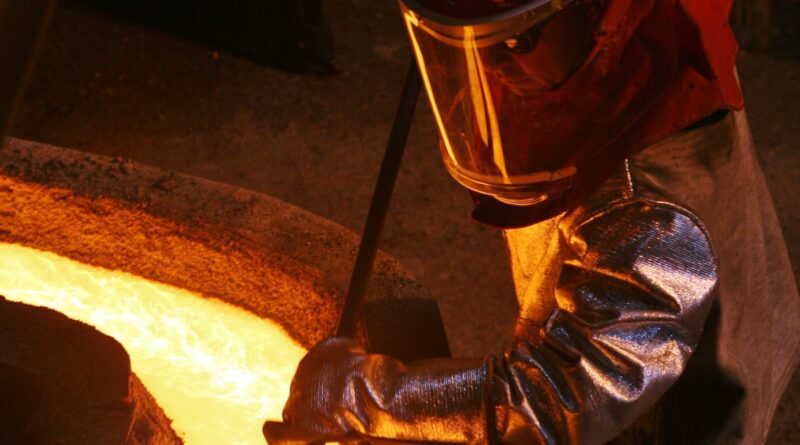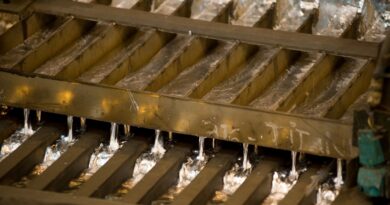Is copper mining as environmentally friendly as miners claim?
The transition to green energy is crucial for the future health of the planet. But it requires vast amounts of copper. The growth in electric cars and renewable technologies in particular demand high volumes of the metal – which is often mined in South America, at a huge cost to the environment.
One of the most important raw materials for key technologies in the energy transition is copper. For years now, the metal’s price has been rising steadily, and has now reached unprecedented levels.
Copper mines and copper production is a billion-dollar business. But what’s the impact on the climate? Hamburg-based Aurubis is Europe’s largest copper producer. The company made more than 530 million Euros in pre-tax earnings in 2022. Despite the coronavirus pandemic, this was the best result in the company’s history.
A global workforce of some 7,000 produce more than 1.2 million tons of copper. Aurubis derives the copper concentrates for its smelting furnaces from a range of countries. Chile is one of the biggest suppliers.
Aurubis says it maintains high standards in the supply chains and points to a code of conduct that all cooperating companies must follow. Nevertheless, the mining process impacts negatively on local areas and communities.
The world’s largest open pit copper mine lies in the far north of the province of Chuquicamata. It’s located in the Atacama Desert, one of the driest places on Earth. The mine consumes vast volumes of water in an already arid location. People living in surrounding villages are now struggling with water shortages and water contaminated with heavy metals.
One horrifying outcome is a cancer rate that’s up to six times higher than elsewhere in the country. As the price of copper continues to go through the roof, there are those that say Germany should reopen its copper mines.
It’s thought there could be 130 million tons of the metal in the Lusatia region. But can copper be mined in a way that’s kind to the environment? The answer to this question may be found in Canada.
In the 1970s, the area surrounding the copper mines of Ontario was seen as the most polluted region in North America. But, following huge investment involving the introduction of modern technologies, Canada has succeeded in healing the landscape, planting new forests and getting pollutants out of the water supply.
Copper is still mined here – these days in the greenest way possible. So, if clean copper mining is now an option, why is the Canadian example the exception to the rule?




